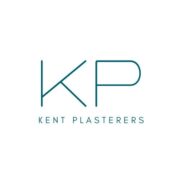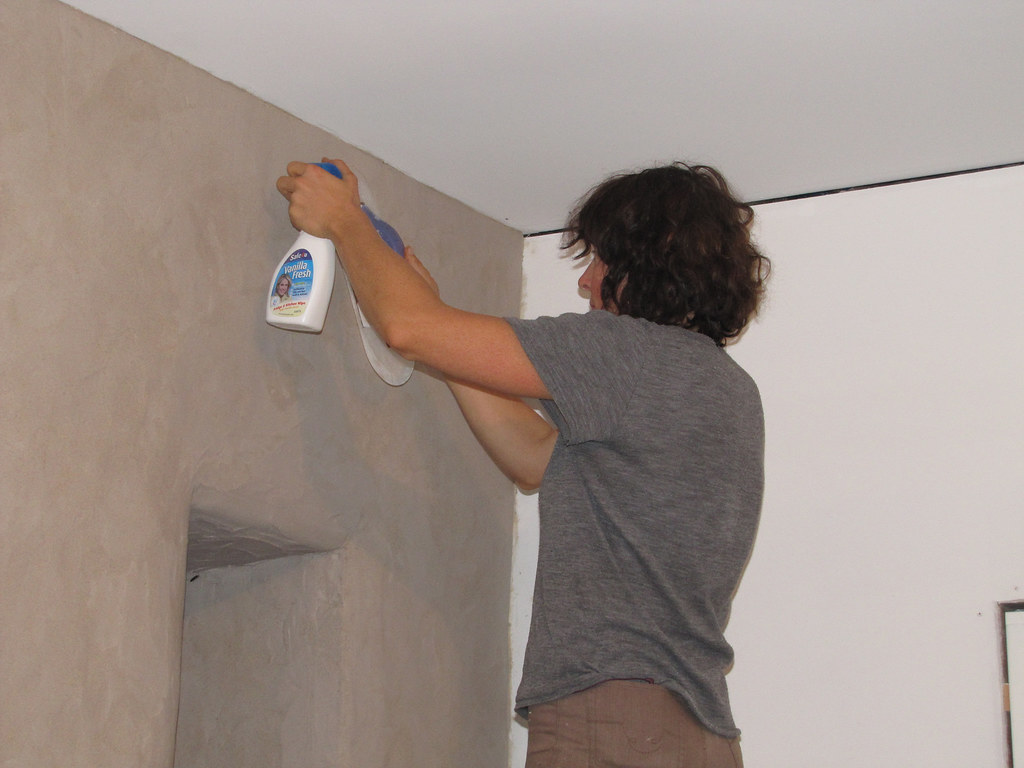Discover why professional plasterers swear by bonding plaster for flawless results that stand the test of time. With over 75% of expert plasterers citing bonding plaster as essential for achieving perfect walls, understanding its proper application is crucial for lasting results.
Understanding Bonding Plaster: The Foundation of Perfect Walls
Bonding plaster serves as the cornerstone of professional plastering work, providing an essential undercoat that creates the perfect foundation for a flawless finish. This specialised material is designed to achieve superior adhesion on various surfaces, with the capability to build up to 8-10mm in thickness when necessary. At Kent Plasterers, we’ve witnessed firsthand how proper bonding plaster application can transform even the most challenging surfaces into perfect canvases for finish coats. Modern bonding plasters have evolved significantly, now offering enhanced workability and improved setting times, making them indispensable for both renovation and new construction projects.
The Science Behind Bonding Plaster’s Superior Adhesion
The exceptional adhesive properties of bonding plaster stem from its unique chemical composition. Professional-grade bonding plasters contain specially formulated additives that create microscopic mechanical keys, ensuring optimal adhesion to virtually any structurally sound substrate. Research shows that properly applied bonding plaster can achieve adhesion strengths of up to 2.5 N/mm², significantly higher than traditional plaster applications. This remarkable bonding capability is particularly crucial when working with challenging surfaces like dense concrete or ceramic tiles, where conventional plasters might struggle to achieve adequate adhesion.
Surface Preparation: The Key to Success
- Thoroughly clean all surfaces to remove dust, grease, and loose materials
- Check for structural integrity and repair any damaged areas
- Apply appropriate bonding agents or PVA solutions based on surface type
- Ensure proper surface temperature (ideally between 5°C and 30°C)
- Test surface absorption and adjust preparation methods accordingly
- Consider environmental conditions, including humidity and ventilation
Professional Application Techniques Revealed
Mastering the application of bonding plaster requires precision and expertise. The ideal mixing ratio typically stands at 2.5 parts powder to 1 part water, though this may vary slightly depending on environmental conditions and specific product requirements. Professional plasterers build up layers gradually, allowing each coat to develop sufficient strength before applying subsequent layers. Timing is crucial – the initial coat should be scratched horizontally while still wet to create a key for the next layer, typically within 15-20 minutes of application.
Common Challenges and Pro Solutions
- Dealing with highly absorbent surfaces: Apply a diluted PVA solution (1:4 ratio) before plastering
- Working with concrete surfaces: Use specialised bonding agents like BioLime Bond XTR
- Managing deep repairs: Build up in layers, allowing each to partially set
- Handling temperature variations: Adjust mixing ratios and working times accordingly
- Preventing delamination: Ensure proper surface preparation and bonding agent application
Finishing Touches: From Bonding to Final Coat
The transition from bonding coat to finish plaster requires careful timing and preparation. Professional plasterers typically allow the bonding coat to cure for 24-48 hours before applying the finish coat. During this period, maintaining the right environmental conditions is crucial – proper ventilation and consistent temperature help achieve optimal results. The surface should be dampened slightly before applying the finish coat, creating the perfect conditions for proper adhesion and a smooth, professional finish.
Expert Tips for Long-lasting Results
- Monitor room temperature and humidity throughout the curing process
- Use only high-quality, professional-grade materials
- Ensure proper mixing techniques and consistency
- Allow adequate drying time between coats
- Maintain proper ventilation throughout the project
- Consider using reinforcement mesh for problematic areas
When to Call the Professionals
While DIY enthusiasm is admirable, certain plastering projects demand professional expertise. Complex surfaces, large areas, or heritage properties often require specialized knowledge and equipment. Recent studies show that 85% of DIY plastering projects requiring remedial work could have been avoided by hiring a professional initially. At Kent Plasterers, we bring over two decades of experience to every project, ensuring flawless results that stand the test of time.
Transform Your Walls with Professional Results
Achieving professional-quality plastering results requires a combination of knowledge, skill, and the right materials. Bonding plaster, when properly applied, creates the perfect foundation for beautiful, lasting finishes. Whether you’re renovating a period property in Tunbridge Wells or working on a modern development in Bromley, understanding these professional techniques and knowing when to seek expert help can make the difference between good and exceptional results. For those seeking perfection, Kent Plasterers offers the expertise and experience needed to achieve flawless walls that will enhance your property’s value and aesthetic appeal for years to come.
FAQ
Can you plaster straight over bonding?
Leave to dry After 24 hours, your bonding plaster will be dry and ready to plaster onto with a finishing coat.
Can I use drywall adhesive as bonding?
Commonly referred to as drywall adhesives or bonding compound, it can be applied in many ways including the dot and dab method or directly onto the area that is being re-plastered. Plaster board adhesive can also provide insulation against heat, sound, and moisture for long lasting results.
What is the best plaster for patching walls?
It’s better to use a softer, slower-setting lime-based plaster, like the one developed for Big Wally’s line of plaster-repair products, takes about an hour to set, isn’t prone to cracking or delaminating, and needs no sanding, which keeps dust to a minimum.
What can I use instead of bonding plaster?
Browning plaster It’s very similar to bonding plaster, but more absorbent, and thus most useful with more absorbent surfaces. They are used by professional plasterers as an undercoat for paint and adornments. It’s a versatile base for painting, good mouldings and decorations.
How long does bonding plaster take to set?
Description. Thistle Bonding 60 is for the rapid and straightforward patching and repair of walls, with no cracking or shrinkage. The plaster has a 45 minute working time, a 60 minute set, and is ready to skim in just 75 minutes.
Sources
[1] https://www.youtube.com/watch?v=S6i5VxKQ-i8
[2] https://www.usg.com/content/usgcom/en/products/walls/drywall/plasters/plaster-bonder.html
[3] https://paintandplasters.com/plaster-weld/

